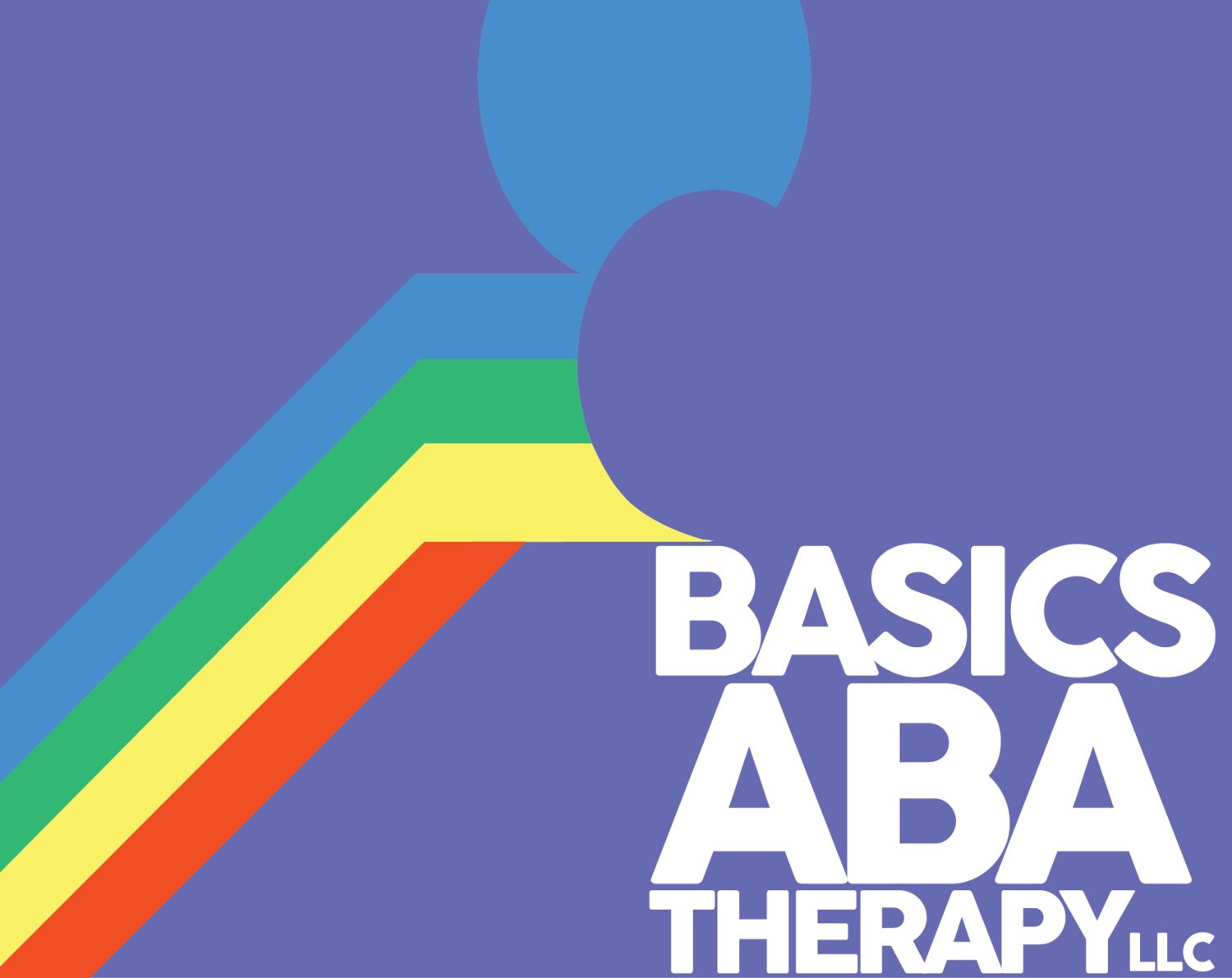Core Beliefs
ABA works under the assumption that people engage in behavior due to the consequence of that behavior. Typically, behaviors occur because, in the past, they have been reinforced by escape, attention, access to an object, or a self-stimulatory effect. Traditional ABA may look at those consequences as a way to control behavior, we try to look at those consequences as to way to help the client self advocate and get a need met.
We presume competence
Self advocacy skills are imperative for successful adults
Students should be allowed to say no, ask for breaks, and decline touch
Students are the clients
Parents and other therapists are our partners
Data is very important. It is graphed daily and parents have access
Natural Environment Teaching is usually the best way to learn
It is important to listen to Autistic voices
We honor and celebrate neurodivergence.
When we do an intervention:
We assume that any behavior is getting a need met. If the behavior is ineffective, we would follow these steps:
We determine what the need is.
We teach the child a new way to get the need met.
We prompt the child to the new skill or to soothing strategies when they use the ineffective skill and it is unsuccessful.
Add accommodations that make sense to make the situation easier for the person to manage
We teach any missing foundational skills that may be contributing to the need for the behavior
How Does it Work?
Example: Fabio is given a math assignment. He rips the math assignment and screams “No!” In the past, Fabio has been sent to time out. In this instance, it appears that Fabio is ripping his math work so he does not have to do the math (escape). So, we would follow the above protocol:
1. We determine that the behavior is maintained by “escape”. By sending him to time out, he is escaping math work.
2. In therapy, we would teach Fabio to ask for a break (it may be a visual card, a gesture, or a calm verbal request) so he can escape the work when he needs to.
3. We would begin working with him by:
Prepping him before we start
Reminding him he can take a break
Role playing the break
Be sure we prompted break right away if he looked like he might rip it and also reinforce any work on the sheet
If he did rip it and would not take the break, he would not go in time out, but would be asked to do more work
BUT he will ALWAYS have the option to take the break and we will continue to remind him
We would also create programming to teach the math skills and tolerance for difficult tasks to deal with the underlying issue.
Make sure we addressed simple issues with the worksheet (too many problems, could he type, etc)
Decreasing Behaviors
When we identify that a child needs to improve on a skill-set, we break that skill into small parts and teach each piece individually. Once the pieces are mastered, we move onto the next skill.
How Does it Work?
For example, if 5 year old Sarah is having trouble making friends at the park, we would break the play skills into small parts;
1. We might teach Sarah to imitate us when we move (this is how most play starts at age 5).
2. We might teach Sarah the steps of a game like tag.
3. We might pair her favorite activities with the new games to improve their appeal.
4. We might teach her game playing rules (turn taking, choosing who goes first, etc).
5. We might teach her a conversation script to initiate play and how to respond if someone asks her to play.






